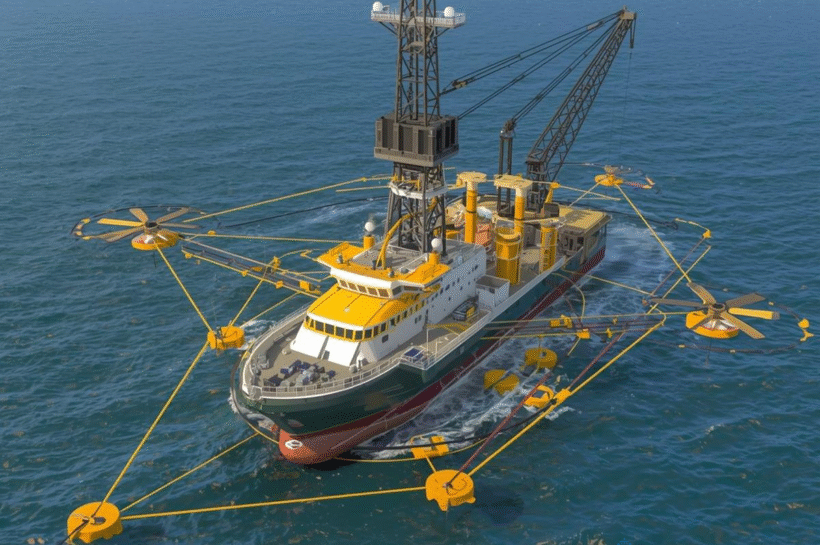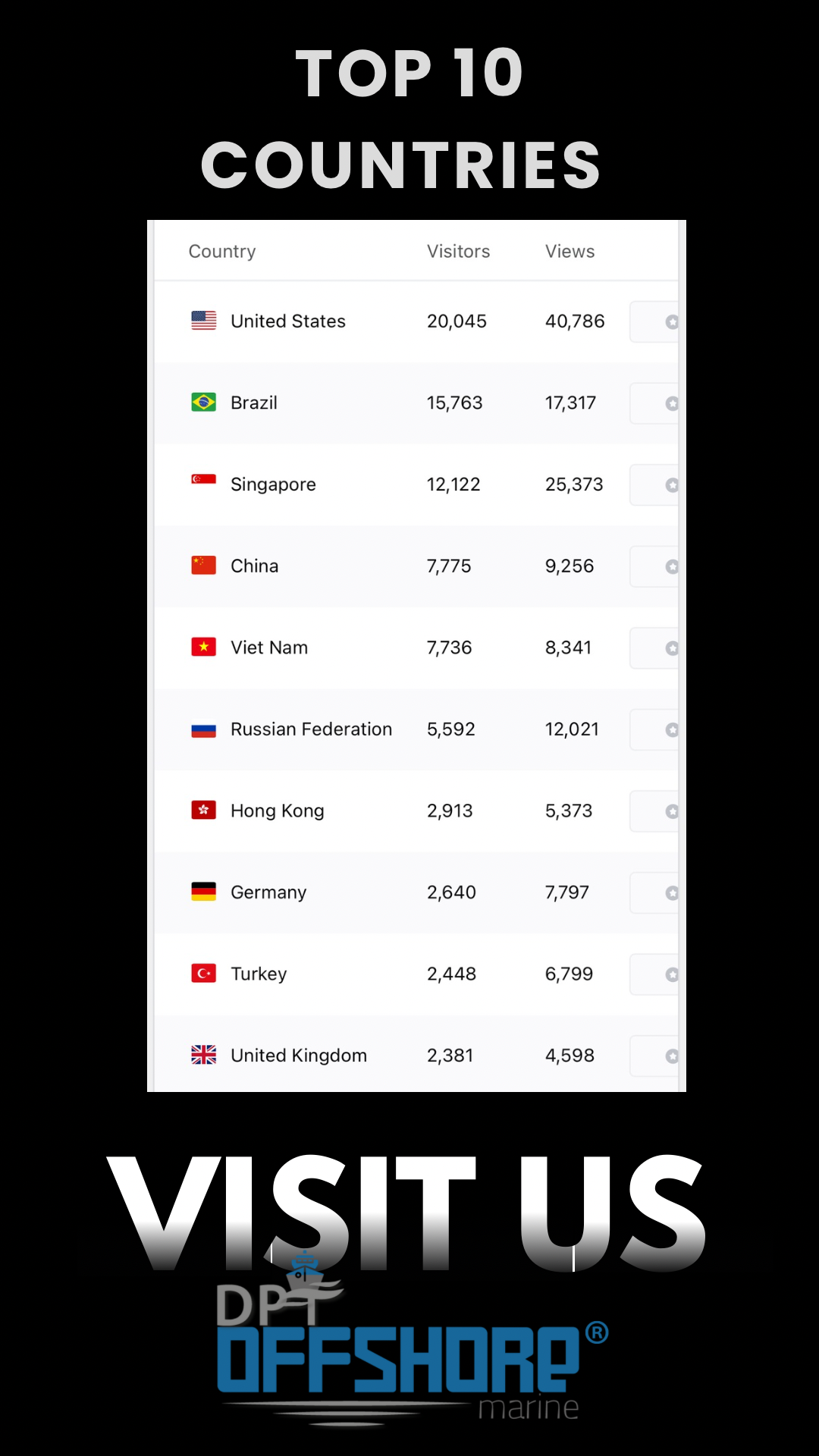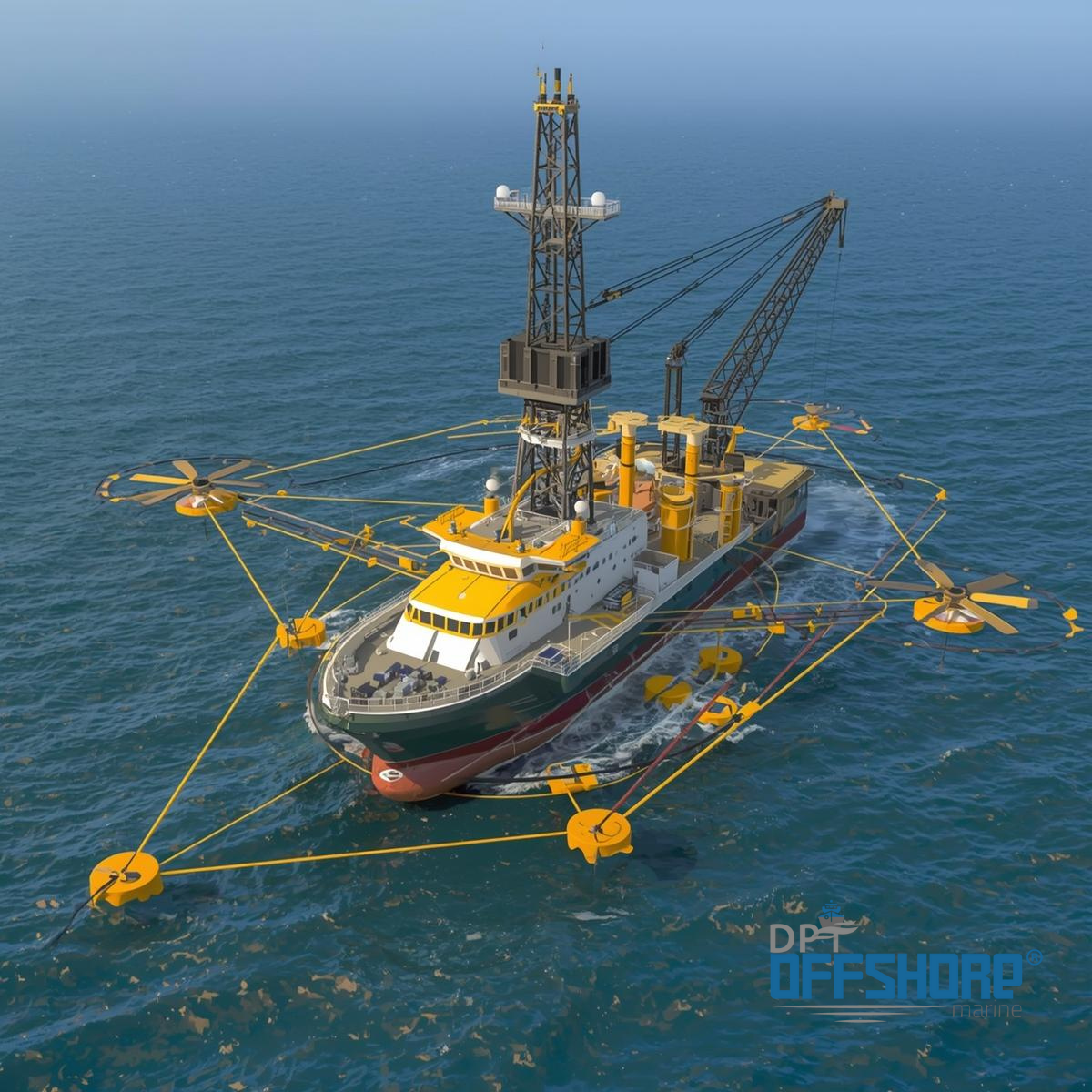In drilling operations, understanding the behavior of equipment, fluids, and formations is essential for safety and efficiency. Below is an overview of several important concepts that drilling engineers and rig crews must be familiar with, along with suggested visuals to enhance comprehension.
Non-Shearable Components
Drill collars, due to their large outer diameter (OD) and thick walls, are considered non-shearable by BOP shear rams. Careful string design and positioning are critical during well control planning.
Visual suggestion:
- Illustration of a drill string with drill collars highlighted in red as “non-shearable.”
Purpose of the Yellow Alert
The Yellow Alert is issued to allow time for spacing out the drill string so the correct tool joint is positioned across the BOP rams.
Visual suggestion:
- Flowchart showing alert levels (Green → Yellow → Red) with Yellow linked to “spacing out.”
Retrieving the Drill String After Shearing
If the drill string is sheared, an overshot fishing tool is used to latch onto and retrieve the remaining portion.
Visual suggestion:
- Diagram of an overshot tool gripping a sheared pipe.
Drilling & Dynamic Positioning Combine Exam
700,00₺
Lost Circulation Procedure
When lost circulation occurs, the riser is filled with seawater until returns are observed, followed by mud weight calculations.
Visual suggestion:
- Infographic showing mud flow path with seawater filling the riser.
Gumbo Problems and Solutions
Gumbo, a sticky clay, is treated with potassium chloride (KCl) to inhibit swelling and reduce stuck pipe risks.
Visual suggestion:
- Before-and-after diagram of clay swelling vs. stabilized clay with KCl.
Underground Blowout Control
An underground blowout is controlled by pumping cement into the wellbore to seal off flow paths.
Visual suggestion:
- Cross-section of formations with cement sealing unwanted flow.
Differential Sticking
Occurs when drill pipe sticks against the wellbore wall due to pressure differences and filter cake buildup.
Visual suggestion:
- Side-view diagram of drill pipe pressed against the wall with arrows showing pressure differential.
Drilling Breaks
A positive drilling break, indicated by a sudden increase in ROP, requires a flow check to confirm no influx.
Visual suggestion:
- Graph showing ROP spike with a “Flow Check” callout.
Key Seating in Deviated Wells
Tool joints can cut a groove into the high side of the hole, trapping the drill string.
Visual suggestion:
- 3D wellbore diagram showing a groove (key seat) with stuck tool joint.
Water Flow Issues
High-pressure water-bearing formations, sometimes influenced by injection wells, can enter the wellbore.
Visual suggestion:
- Diagram of formation water entering the wellbore.
Abrasive Sand Effects
Abrasive sand wears down drill bits, leading to under-gauge conditions.
Visual suggestion:
- Side-by-side image of a new bit vs. a worn, under-gauge bit.
Drilling in Salt Formations
Salt formations require salt-saturated mud to prevent dissolution and maintain stability.
Visual suggestion:
- Illustration of salt formation with arrows showing dissolution risk, countered by salt-saturated mud.
Stuck Pipe from Cuttings Beds
Cuttings accumulation can trap the drill string. Circulation and reverse drilling may free it.
Visual suggestion:
- Diagram of cuttings bed buildup around drill pipe.
MWD Tool Costs
MWD tools provide real-time data but are expensive, often costing thousands per hour.
Visual suggestion:
- Icon-based infographic: “MWD = Data + Direction + High Cost.”
Dog Leg Severity
Excessive dog legs can damage tools and casing, so trajectory control is essential.
Visual suggestion:
- Well path diagram comparing smooth vs. sharp dog leg.
Thief Zones and Underground Blowouts
Thief zones absorb drilling fluids, reducing mud weight and potentially causing underground blowouts.
Visual suggestion:
- Formation cross-section showing mud loss into thief zone.
Steering Tools in Deviated Wells
MWD and directional drilling tools steer the wellbore along the planned trajectory.
Visual suggestion:
- Illustration of a directional drilling assembly with steering tool highlighted.
Final Thoughts
Drilling operations involve a wide range of technical challenges, from well control to stuck pipe prevention. By understanding these concepts and applying best practices, drilling teams can reduce risks, improve efficiency, and maintain safe operations.
Visual suggestion:
- Closing infographic summarizing: Well Control • Mud Management • Tool Care • Formation Awareness.
Drilling & Dynamic Positioning Combine Exam
700,00₺



















